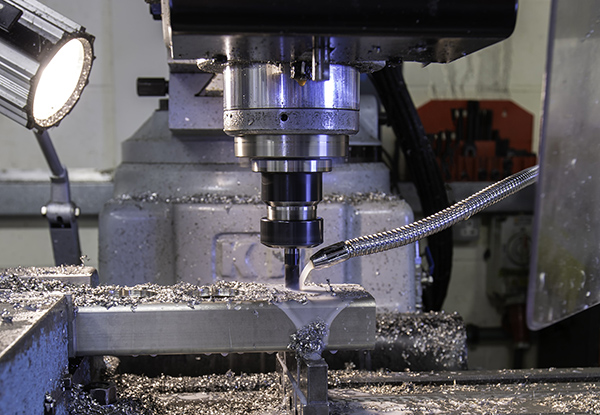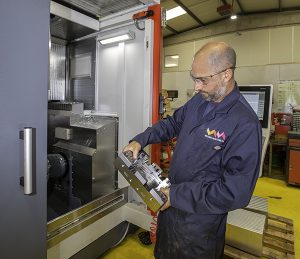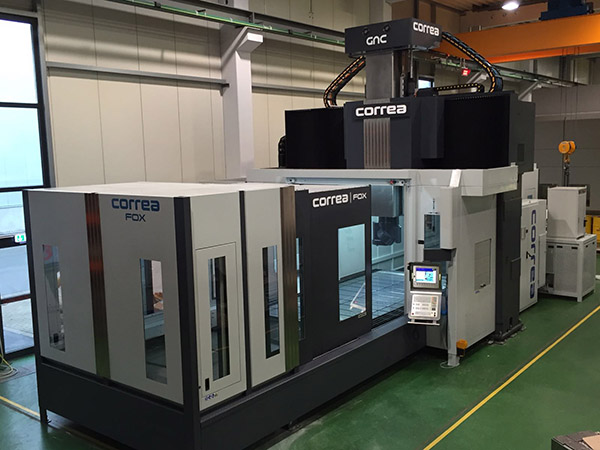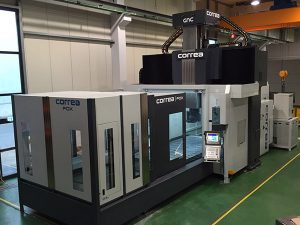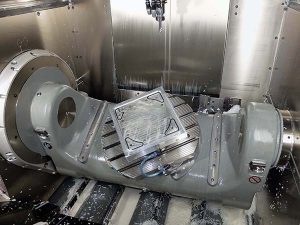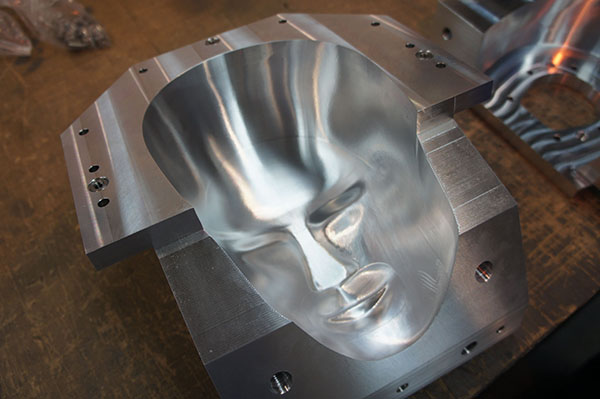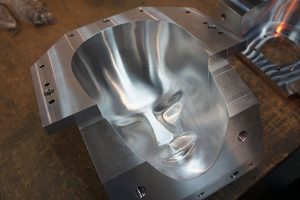Aylesbury-based motorsport specialist Goodfabs has invested in an XYZ SMX SLV turret mill to help it produce fabrication jigs.

“Because the exhaust systems we produce are bespoke, we either need the car here to fit the exhaust, which is impractical, or need a jig made to replicate the actual mounting points on the car,” says Paul Watson, process manager. “Prior to getting the XYZ SMX SLV we could only machine the smaller parts of jigs, with the rest being outsourced. And, while our subcontractor produced the quality and accuracy required, we suffered some loss of control. With lead times being short, control of production is vital to us.”
The XYZ SMX SLV is the largest turret mill available from XYZ Machine Tools (larger bed mills are available), with a table measuring 1473 x 305 mm that is capable of carrying components weighing up to 580 kg. This capacity is enhanced by axis travels of 1000 x 410 x 400 mm (X, Y, Z). The head can be tilted front to back by +45° to -45° and from left to right by +90° to -90°, with full 360° rotation of the turret possible. Customers have the option of a three-axis DRO (4th axis optional) or, can opt for the ProtoTrak control in either its two- or three-axis configuration. The latter being the choice
for Goodfabs.
“While we already have three- and five-axis machining capability to produce fittings for our exhaust systems, the addition of the XYZ turret mill has introduced an extra dimension to our machining capability,” says Watson.
For further information www.xyzmachinetools.com






